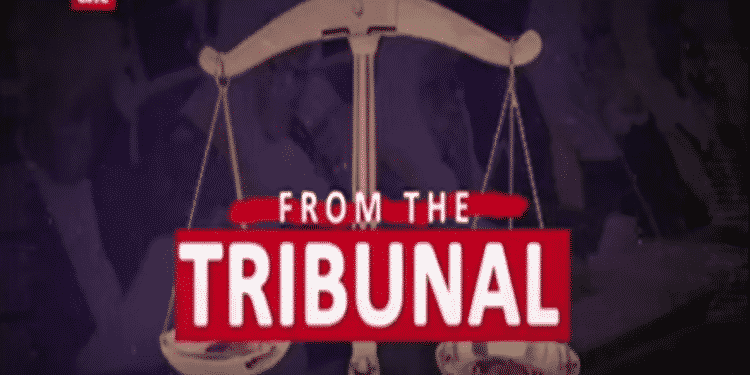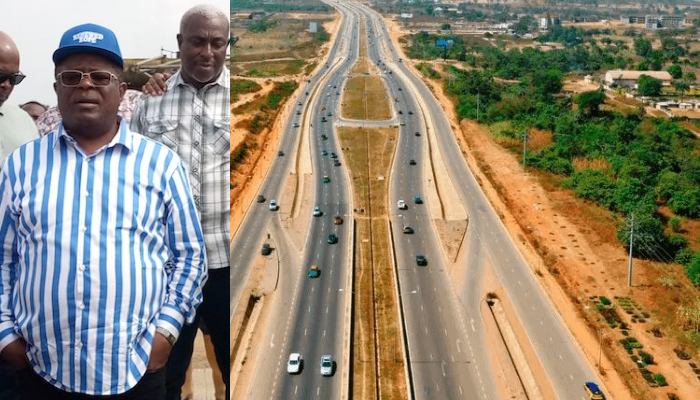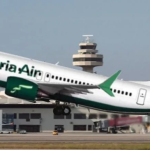Controversy continues to trail the construction of the multi-billion-naira Lagos-Calabar coastal highway as concerns mount over potential structural defects. But the federal government is pushing back—insisting the project remains safe, sound, and on course.
Barely months into its construction, the Lagos-Calabar coastal highway, touted as one of the most ambitious infrastructure projects in West Africa, is already facing scrutiny. Social media posts and civil society groups have raised alarm over what they call “visible signs of structural weakness.”
Images claiming to show cracked concrete and misaligned pillars have fueled public concern, raising questions about the integrity of the project, its supervision, and the safety of future users.
But the Works and Housing Minister David Umahi denies there are any structural defects.
The Minister insists that third-party verification is already part of the ongoing quality assurance process, with consultants and engineers monitoring every phase.
It’s one of the most talked-about infrastructure projects in Nigeria’s recent history. Spanning over 700 kilometers from Lagos to Calabar, the coastal highway promises to reshape connectivity across the southern corridor.
But despite the minister’s denials, recent claims by civil society groups and construction watchdogs suggest that all may not be well beneath the surface.
Citing alleged substandard materials and early signs of structural instability, critics have raised concerns over long-term safety—prompting calls for an independent audit of the work so far.
And despite the reassurances of government, public confidence remains divided. While many Nigerians welcome the economic potential of the project, others call for greater transparency in both construction and procurement.
With billions of naira at stake and communities along the route watching closely, the Lagos-Calabar highway remains a symbol of both hope—and heightened scrutiny.
Editor : Ena Agbanoma








